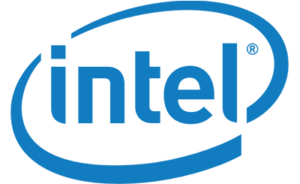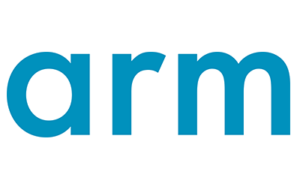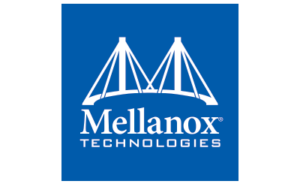DPDK is a set of libraries and drivers for fast packet processing. It is designed to run on any processors. The first supported CPU was Intel x86 and it is now extended to IBM POWER and ARM. It runs mostly in Linux userland. A FreeBSD port is available for a subset of DPDK features. DPDK is an Open Source BSD licensed project. The most recent patches and enhancements, provided by the community, are available in master branch. The agenda for DPDK Summit North America 2018 will cover the latest developments to the DPDK framework and other related projects such as FD.io, including plans for future releases, and will provide an opportunity to hear from DPDK users who have used the framework in their applications. Let’s discuss the present and future, including DPDK roadmap suggestions, container networking, P4, hardware accelerators and any other networking innovation.






